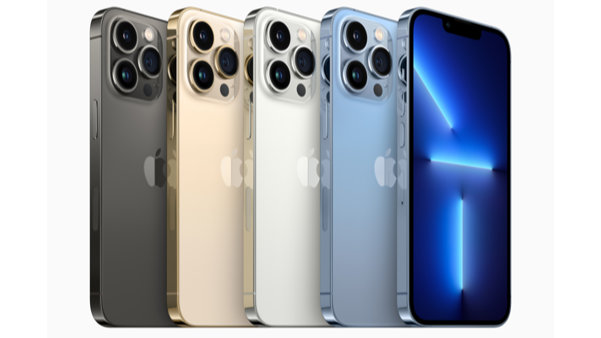OnePlus merges with Oppo
17 June 2021

Apple launched iPhone 13 this week, and while its hardware changes are incremental, its target market of upgraders will still embrace the device.
Apple launched iPhone 13 this week, and while its hardware changes are incremental, its target market of upgraders will still embrace the device.
Apple is a premium lifestyle brand, and routinely creates devices with just enough innovation to entice its core customers to refresh at regular intervals. It dominates the high-end smartphone market, at over 60% share of the above US$500 segment. And this will not change, as iPhone 13 launches into a favorable market, with no recent Samsung Galaxy Note device to battle against.
Not every iPhone is a slam dunk, however. In the last year, iPhone 12 mini has been lackluster, accounting for just 8% of iPhones shipped. Apple channel partners quickly became overstocked on 12 mini, and struggled to shift the device amid weak customer demand.
What space, then, is there for Apple’s new iPhone 13 mini? Its new features will not prove enough to shift the core momentum of the “mini” products. Large screen is now very powerful, in an age of premium content like Netflix and Disney+, and video-based social media with TikTok, Instagram Reels and Snapchat. There definitely is a small demographic of small device enthusiasts, but Apple may need to wait until its current crop of iPhone SE (2nd Gen) customers are ready to upgrade to find them!
Customers can breathe a sigh of relief. iPhone pricing has remained the same, and some devices have even seen storage bumps. Apple will now swallow any component price rises, but what it loses in hardware margin, it will almost certainly make up elsewhere. The company is treading a fine line between eking out maximum profit from iPhone, and growing its revenue from services, such as Apple Music and Apple TV+.
The truth is, Apple could have increased prices with minimal impact. Its core markets are finance- and carrier-driven, and its customer base historically has proved to have price-inelastic demand. Not increasing prices, in a year when the cost of components and air freight are so high, shows how important the latter objective has become.
Apple made 5G a central pillar of iPhone 12. But with iPhone 13, it was only marketed peripherally, with a brief section on improved capabilities and broader global carrier partnerships. Apple instead focused most of its time on three “killer specs”, display, camera and battery. This is telling. Consumers generally do not consider 5G a primary purchase driver, and Apple knows this. However, it is particularly important for carrier partners, who are eager to grow their base of 5G users. Expect to see colossal co-marketing campaigns and promotional offers from carriers, as they share one crucial common objective with Apple: getting customers to ditch their 4G iPhones for a 5G one.
Apple referenced its environmental credentials time and again. It is commendable to see iPhone antennas made from water bottles, recycled aluminum used for casing, and more. The reason Apple keeps banging this drum though, is because it knows this is a genuine differentiator. While other companies will match and surpass the price-to-spec of an iPhone 13, none of them can compete with Apple’s sustainability efforts. And while this is a nice-to-have for customers, it is becoming a core focus for channels. And being seen as a positive force in the world is also critical for Apple itself, as it wants to attract and retain the best talent in the world.